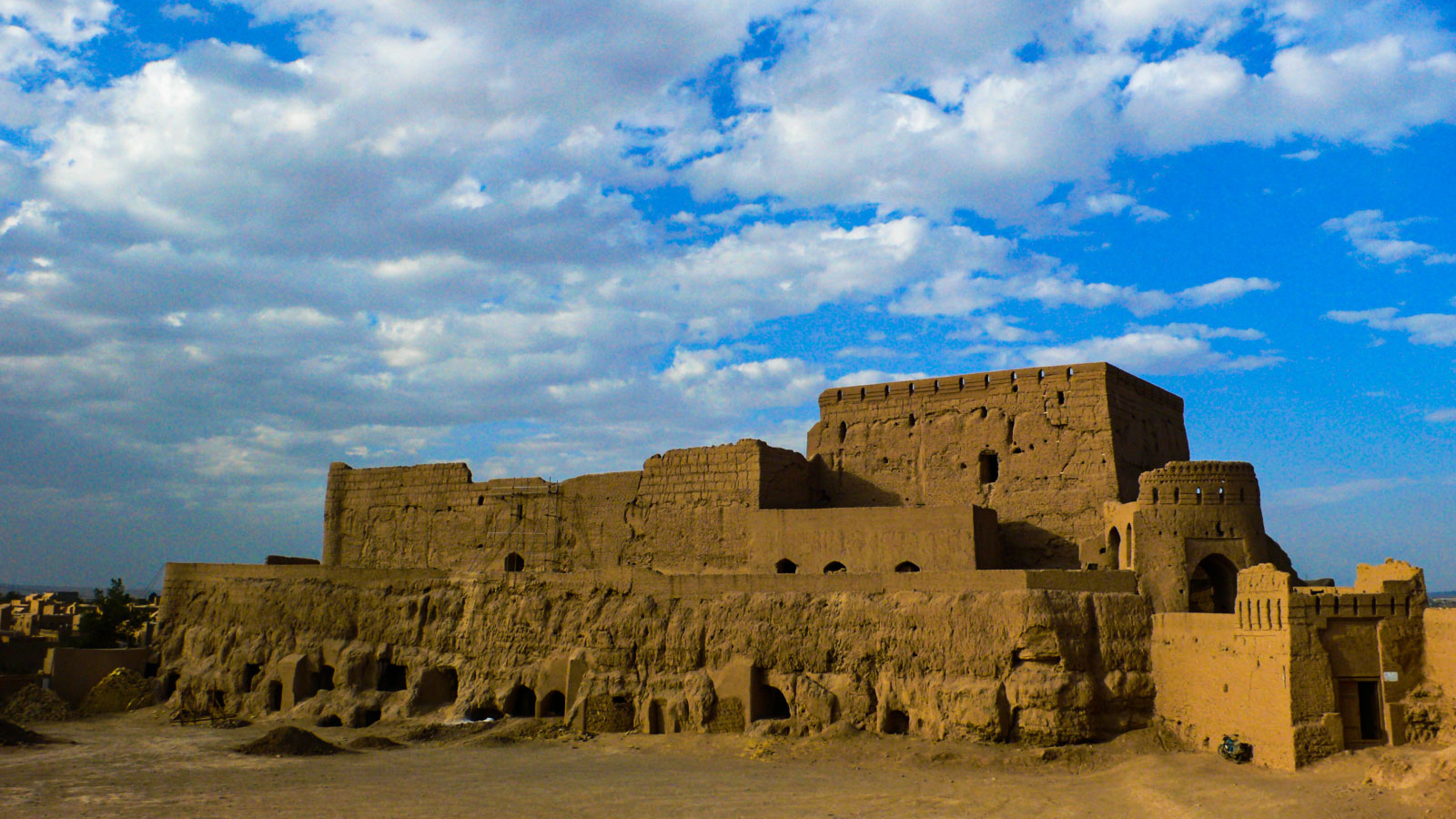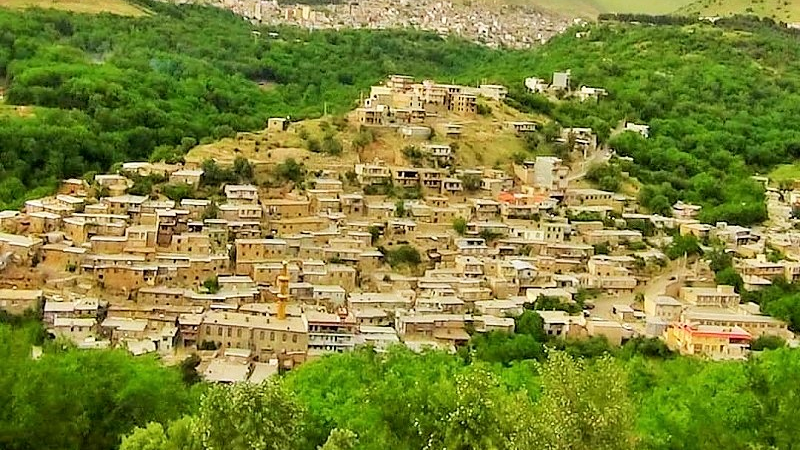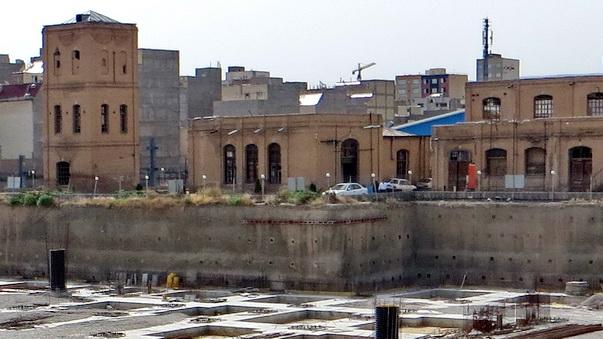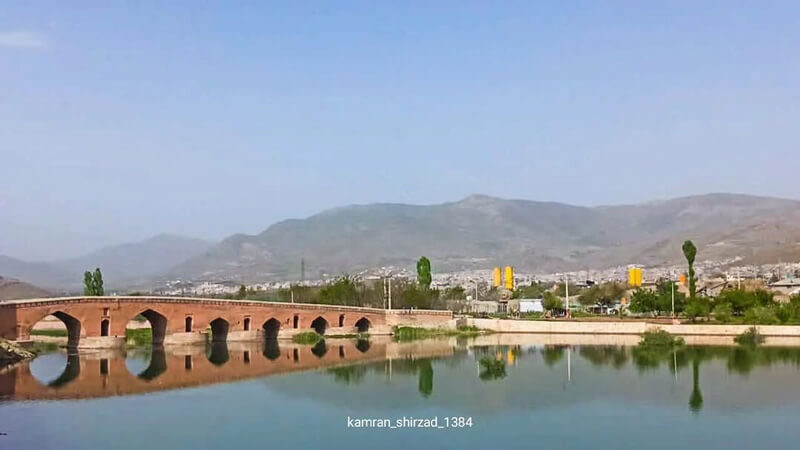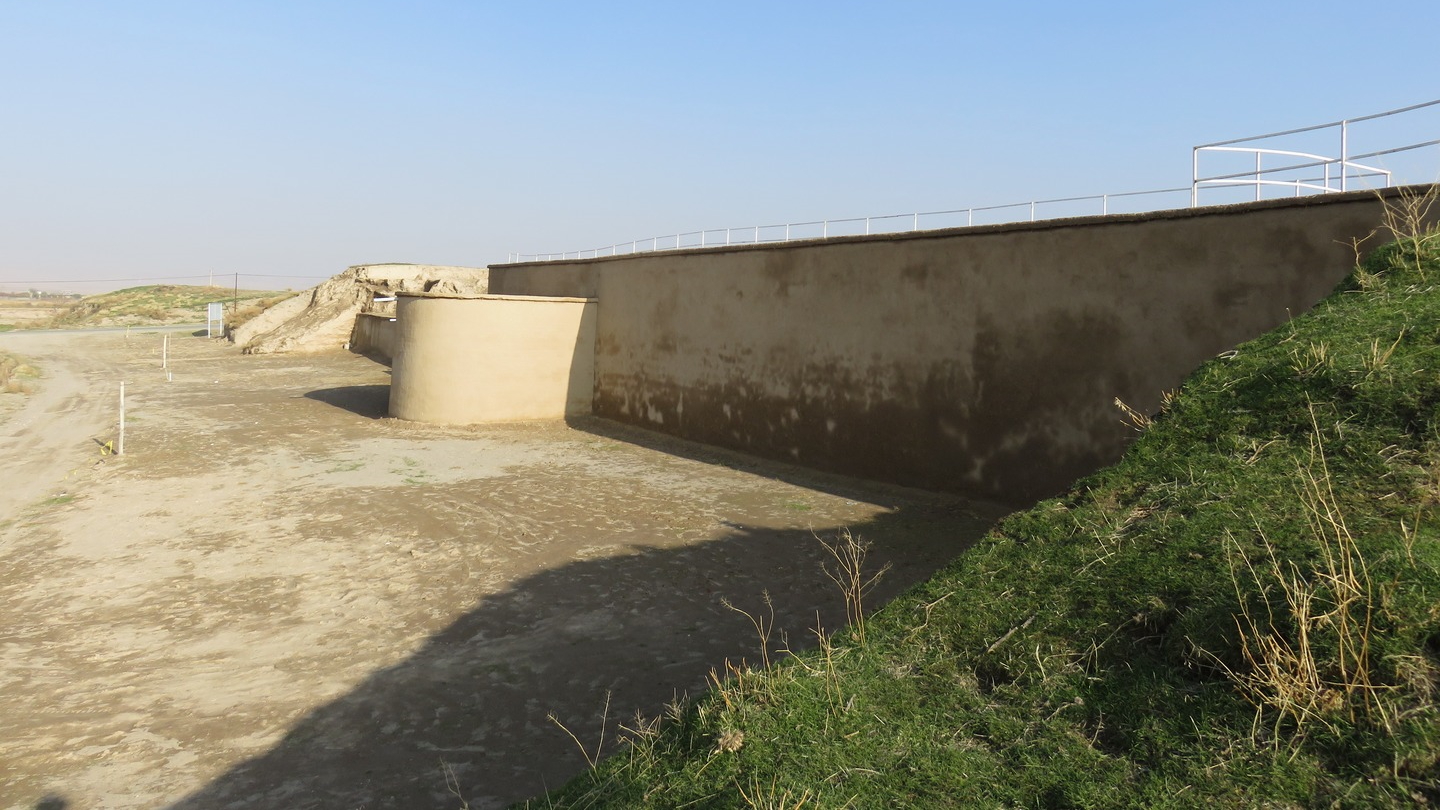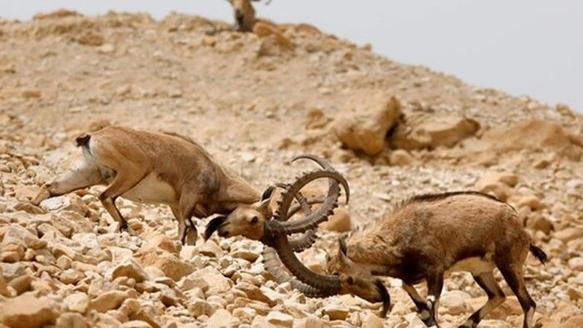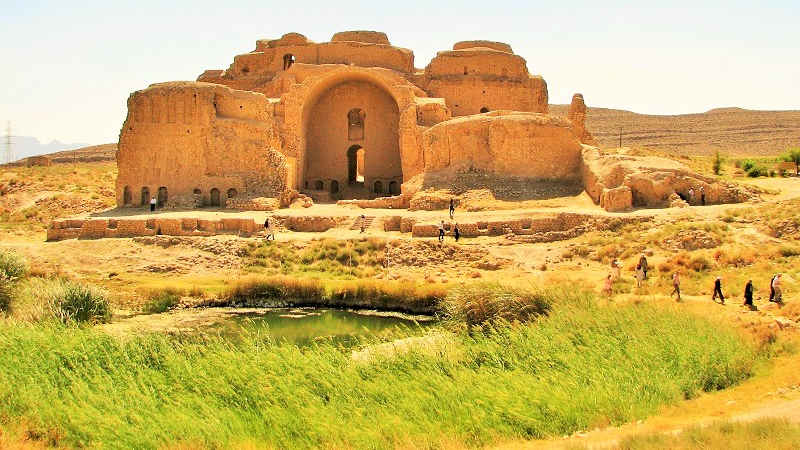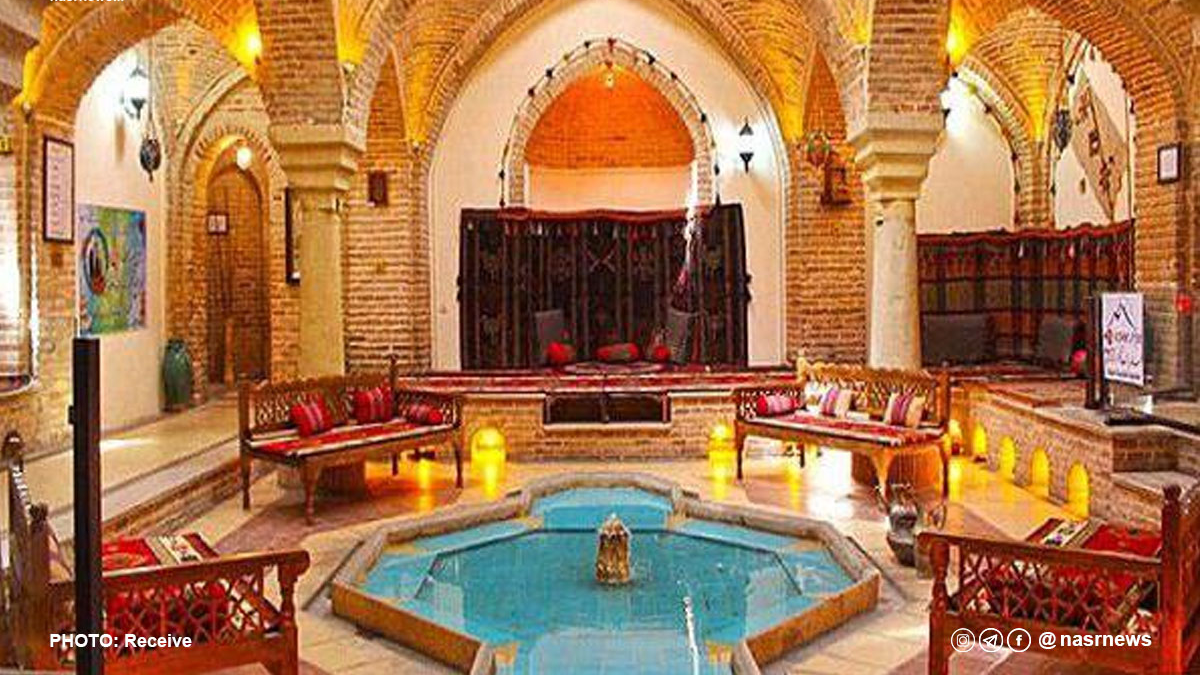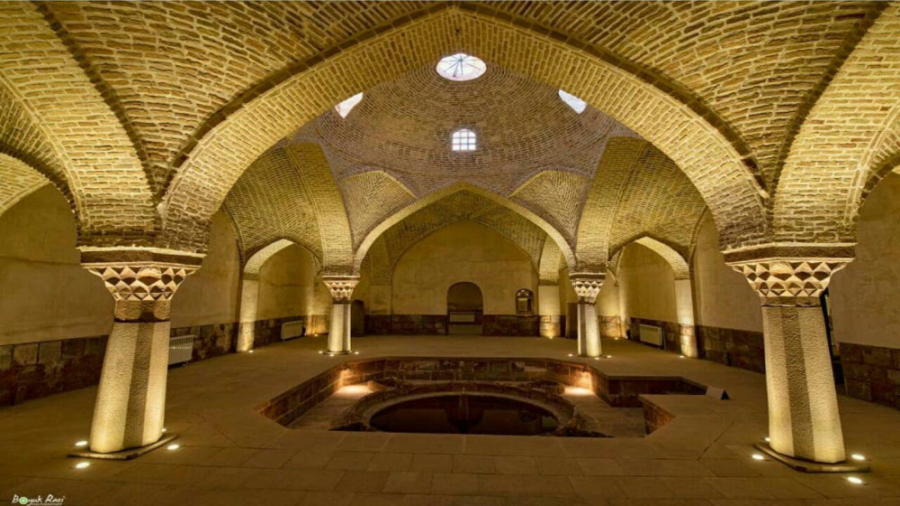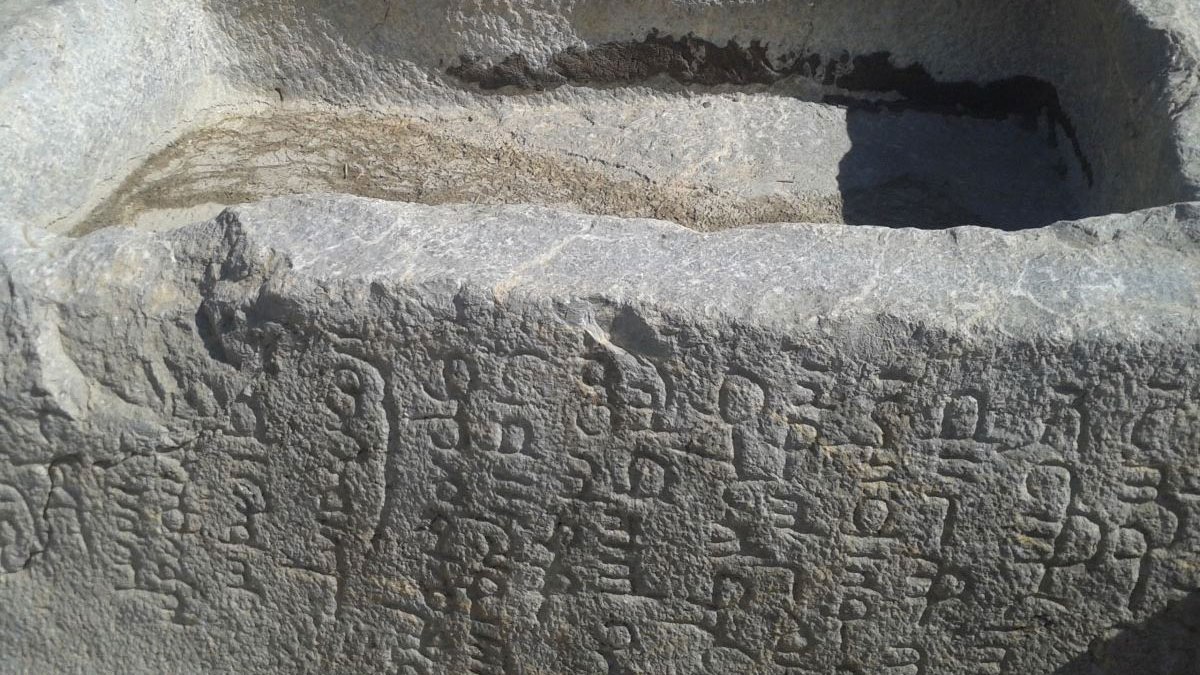
Reservoirs of Gerash
Iran being a dry and water-scarce land, the construction of water reservoirs, which are also called “Berkeh” in Persian, had been a method of storing the surface water in rainy seasons for being used in other seasons in this country. Even though, with the expansion of urbanization and the availability of piped water, reservoirs are less used in most parts of Iran, reservoirs of Gerash continue to be used as a source of water supply for many locals.
The most important reservoirs of Gerash included:
Haft Berkeh
Located in the middle of Gerash City “Haft Berkeh comprises seven reservoirs built in different historical periods and in different sizes. All these reservoirs are located on the path of a seasonal river called Bez’erd and are filled with water during the peak rainy season when this river flows. Five of these reservoirs have dome-shaped roofs and two of them have no roof. The largest water reservoir of this collection is known as “Haj Abolhasan Reservoir” the construction of which was financed by a person with the same name. Haft Berkeh of Gerash was inscribed on the list of Iran’s national heritage in 1976.
Chahartaq Reservoir
Chahartaq reservoir, which is also called “Chartakh Berkeh” in the local dialect has four arches (taq) in front of its eastern opening, which makes it different from other Gerash reservoirs. This reservoir is outside Gerash City and near a farm called “Bagh-e Musa”. Although due to the erosion of its inscription, the exact year of construction of this reservoir is not known, it was probably built at the end of the 19th century. The materials used in this reservoir are stone, plaster, and mortar.
Panj Berkeh
As the name suggests, there are five reservoirs in this part of Gerash the construction of which dates back to the Qajar and Pahlavi eras (18th to 20th centuries). Stone and plaster are the main materials used in these water reservoirs and the inner walls of it are covered with sarooj to prevent water from leaking out.
Sa’ida Reservoirs
This collection of Gerash reservoirs is located in Fadagh village of Gerash and is one of the largest villages in Fars province with a population of more than six thousand people. The history of this collection of reservoirs goes back to the Qajar period, but some local residents believe that this collection was built during the Afsharid era (18th century AD).
Kal Reservoir
This reservoir is considered to be the largest reservoir in Iran, which can hold over 13 million liters of water. The reservoir had a roof that collapsed a long time ago. Although the constructions around this reservoir have blocked its waterways, water flows into this reservoir during the rainy seasons and gets stored to be used in other seasons.
Haj Asadollah Reservoir
The construction of this reservoir was completed in 1869 AD. Both this reservoir and Kal reservoir were built by a person named “Haj Asadullah”. Haj Asadollah Reservoir is the second largest reservoir of Gerash, after Kal Reservoir. This building has six openings, two water inlets, and one water outlet. Stone and sarooj have been used to build the channels and entrances.
Iran being a dry and water-scarce land, the construction of water reservoirs, which are also called “Berkeh” in Persian, had been a method of storing the surface water in rainy seasons for being used in other seasons.
| Name | Reservoirs of Gerash |
| Country | Iran |
| State | Fars |
| City | Gerash |
| Type | Historical |
| Registration | National |
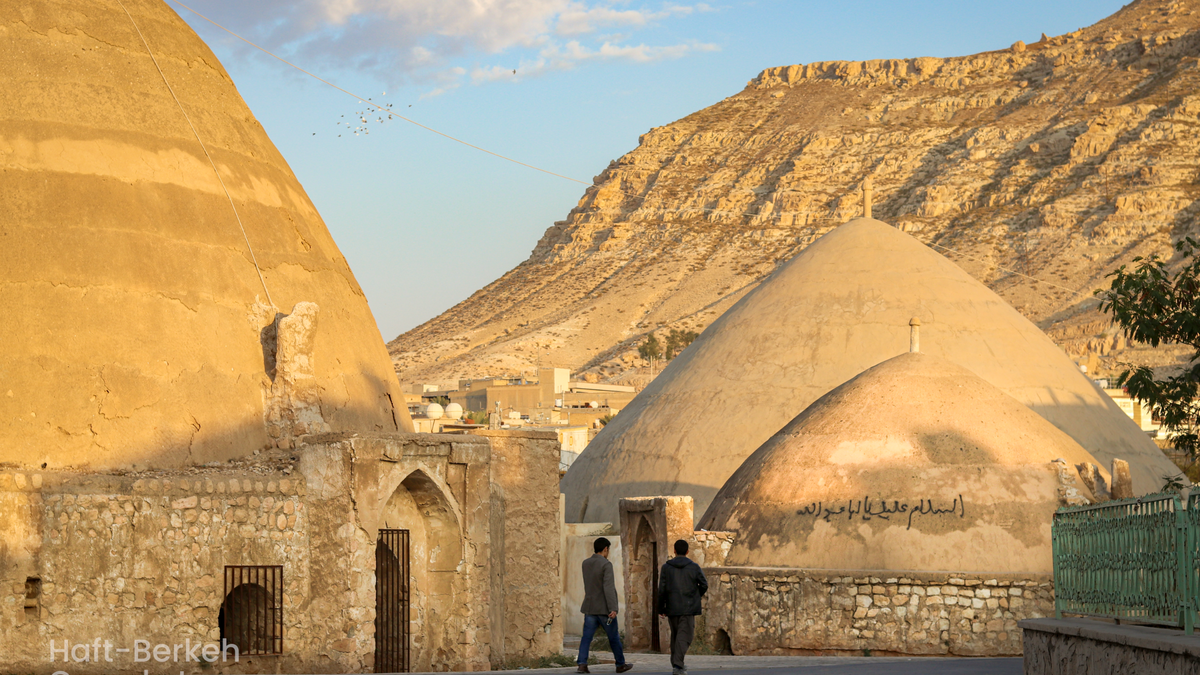

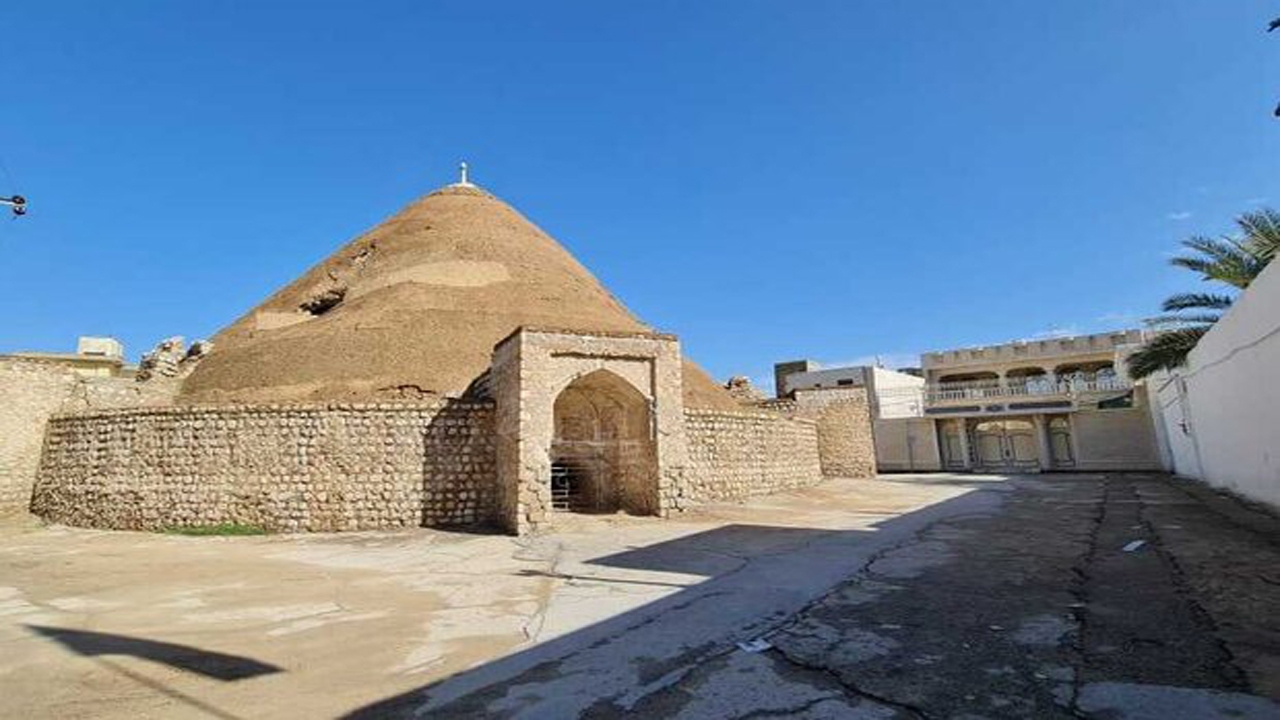
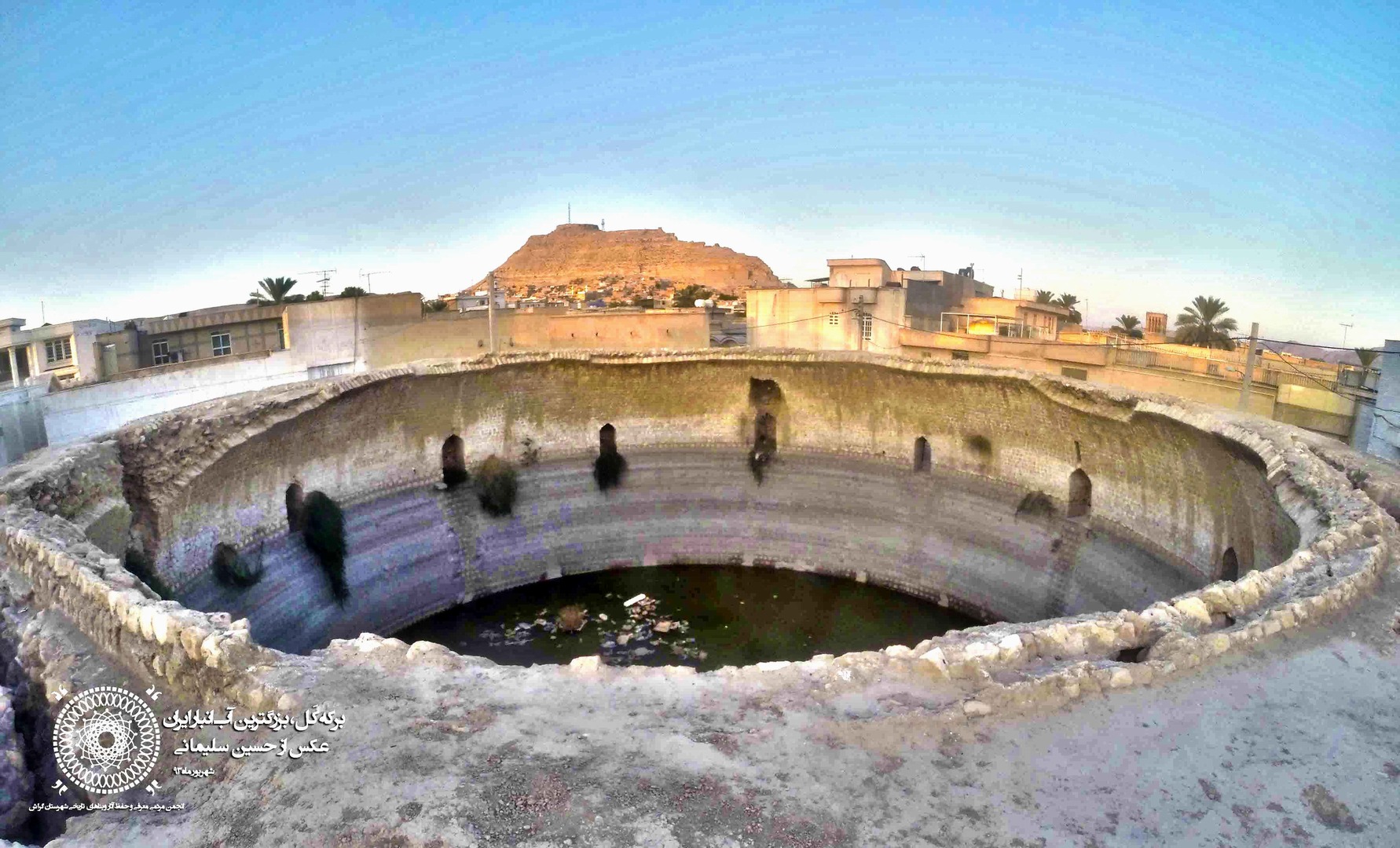
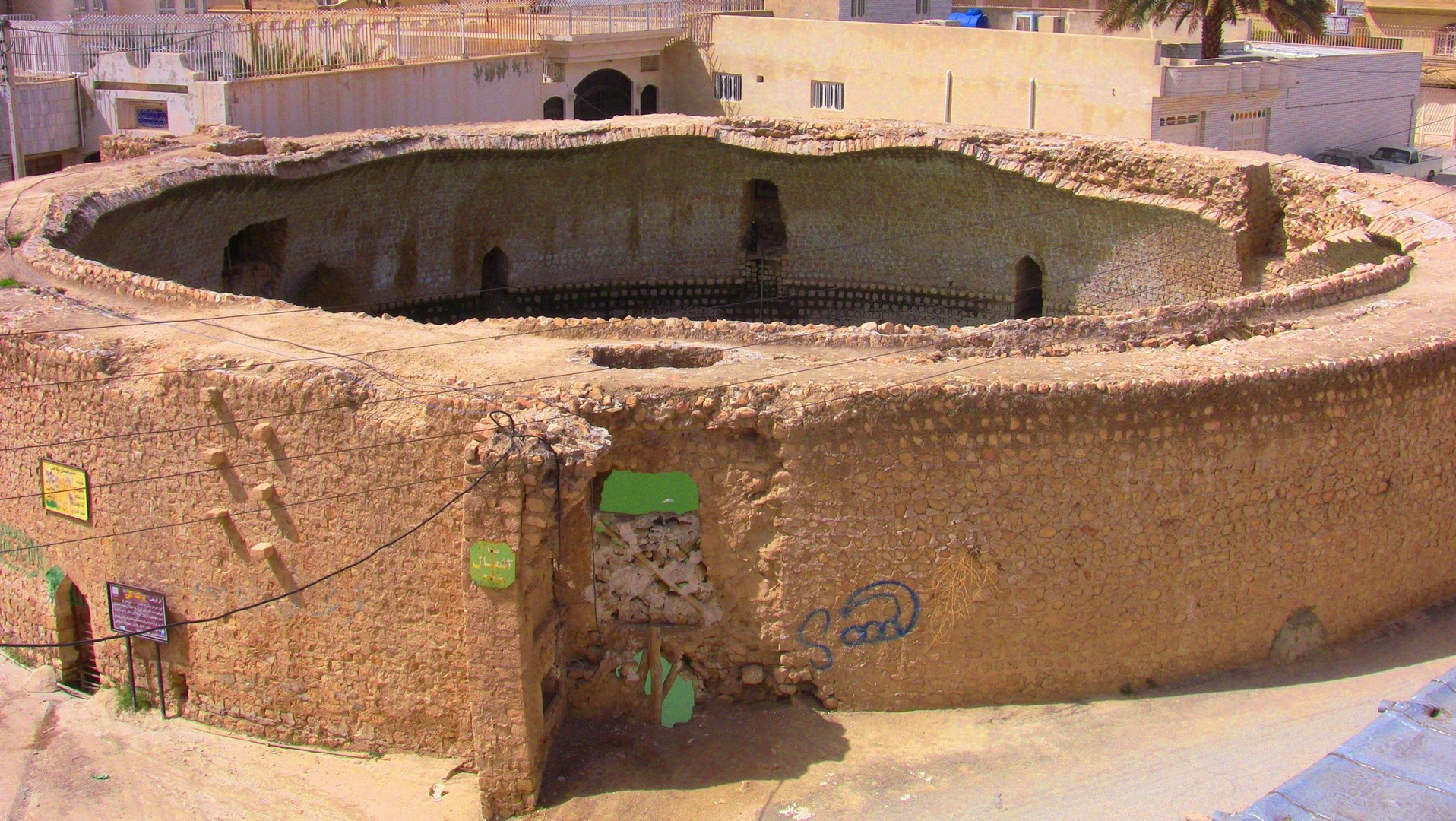





Choose blindless
Red blindless Green blindless Blue blindless Red hard to see Green hard to see Blue hard to see Monochrome Special MonochromeFont size change:
Change word spacing:
Change line height:
Change mouse type:
